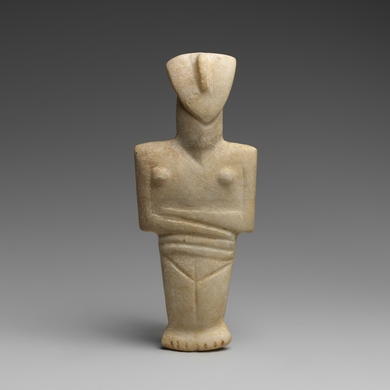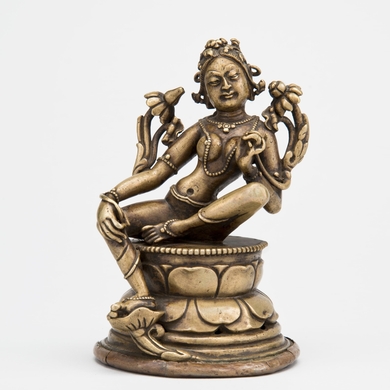Alfred Kubin’s life was defined by darkness. Born in 1877, in an Austrian town called Leitmeritz, he did not have a childhood he cared to remember. An unhappy stint working for the landscape photographer Alois Beer, from 1892 to 1896, left him jobless. That same year he attempted suicide on his mother’s grave. Kubin found some solace in Munich, where he studied at the Munich Academy and discovered the strange and anguished paintings of Edvard Munch, James Ensor, Odilon Redon, and especially Max Klinger. Kubin set along the same path, filling his drawings with grotesque demons, severed limbs, and scenes of Hell. From 1906 until his death, in 1959, he lived in a manor house in Upper Austria, creating art that the Nazis would label “degenerate.” The Albertina places his ghoulish visions center stage. —Elena Clavarino
The Arts Intel Report
Alfred Kubin: The Aesthetic of Evil

Alfred Kubin, Self-Reflection, circa 1901–02.
When
Aug 14, 2024 – Jan 6, 2025
Where
Etc
Photo: © Eberhard Spangenberg, München/Bildrecht, Vienna 2024



